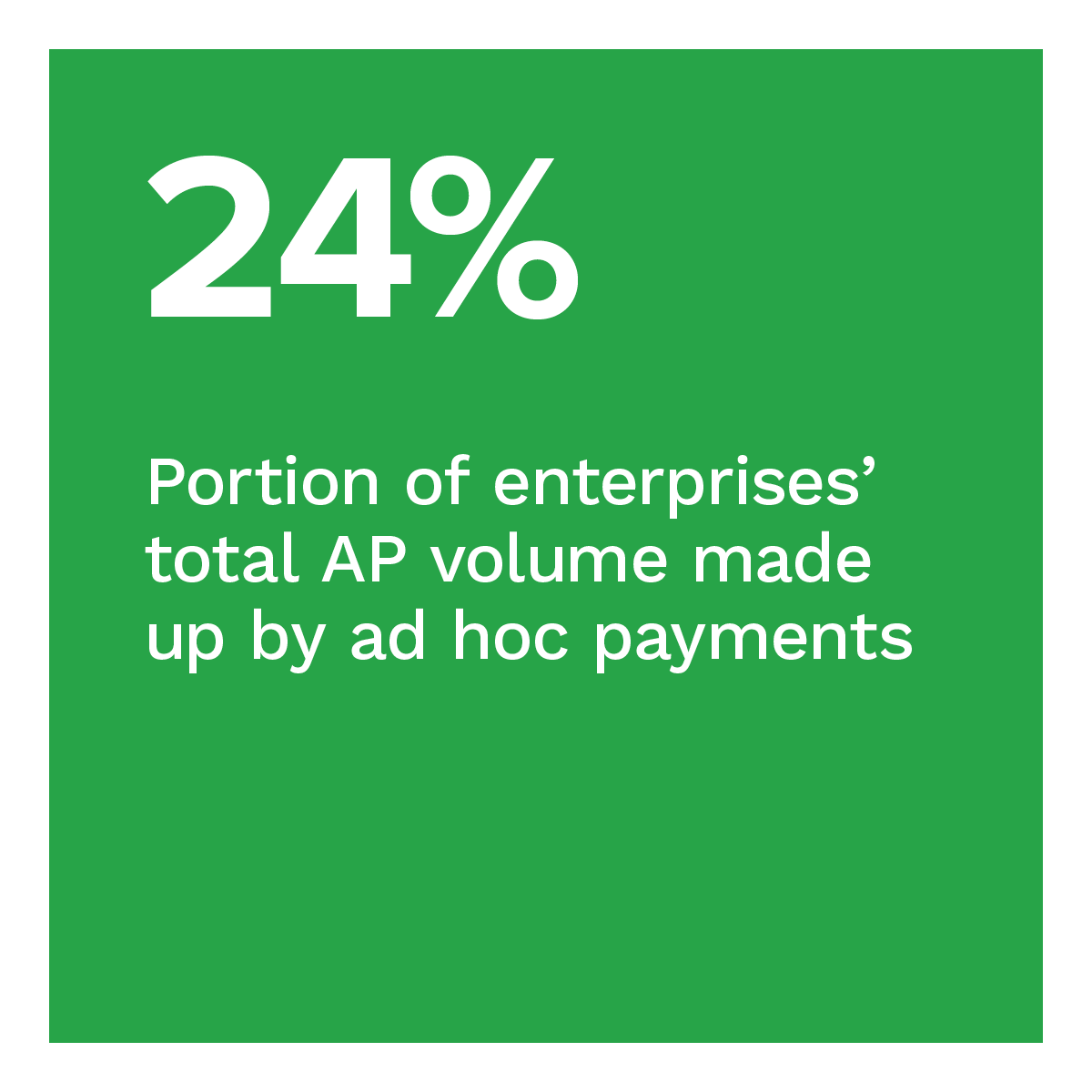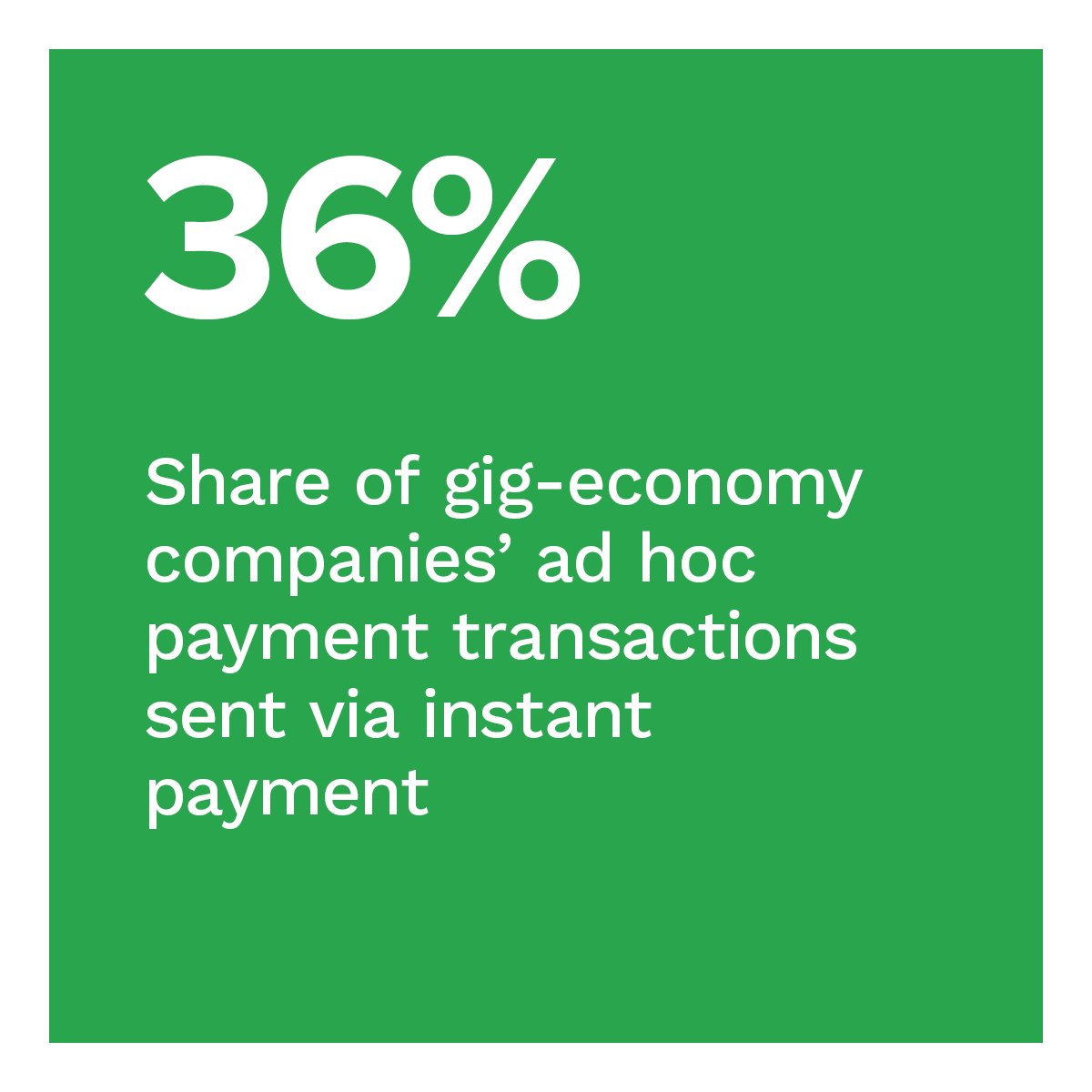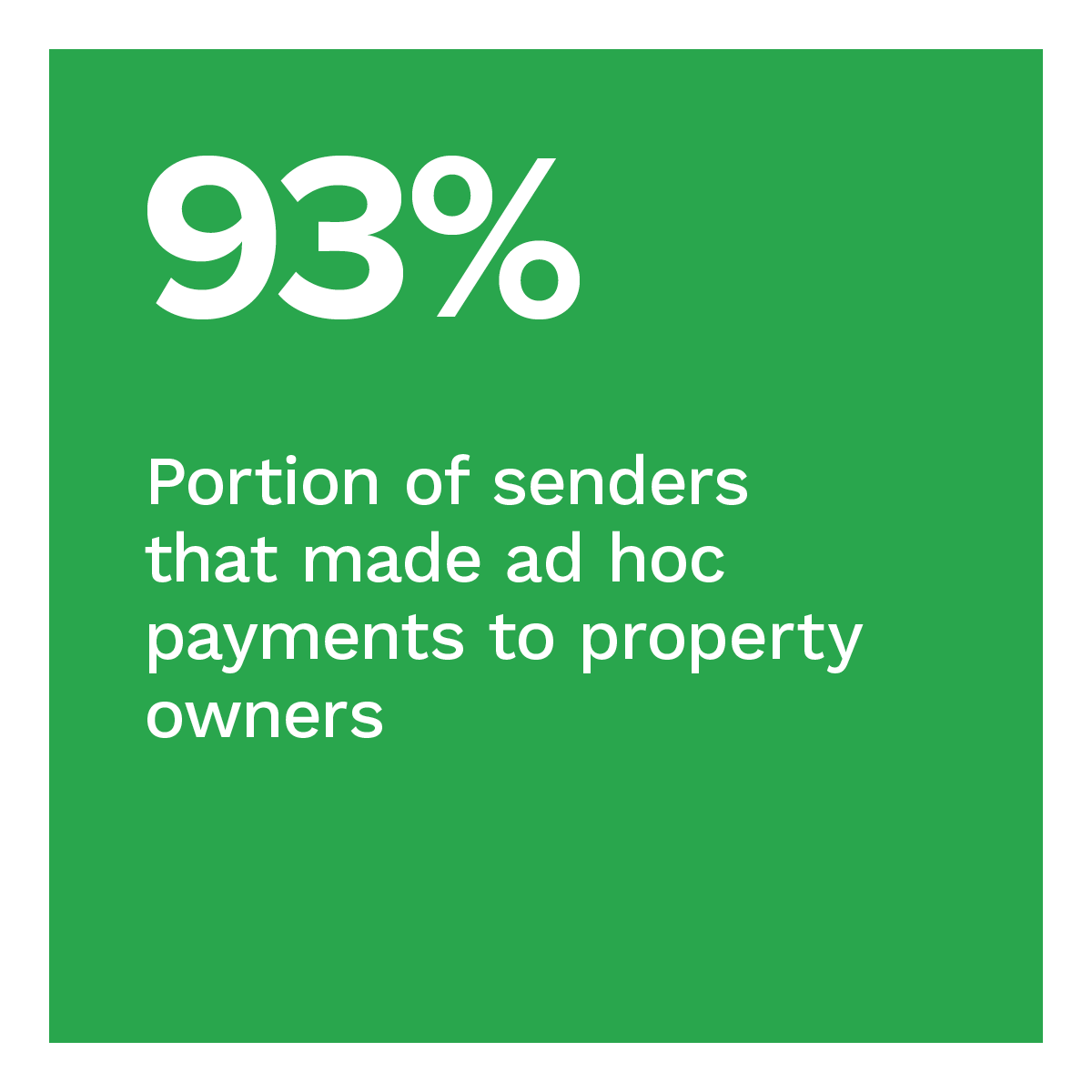Ad Hoc Payments Represent One in Every Four Vendor Payables
Ad hoc payments are irregular payments made outside normal invoicing and payroll processes and are somewhat of a nuisance. On average, these payments account for a small share of enterprise senders’ volume, representing just 24% of accounts payable (AP).
While ad hoc payments can be annoying, instant payment methods offer a viable way to streamline the process. In fact, at least 6 in 10 enterprises pay fees to use instant payments, suggesting these senders will likely expand their use.
These are a few findings in “Streamlining Ad Hoc Payments With Instant Pay,” a PYMNTS Intelligence and Ingo Money collaboration. The report is based on a survey of 200 enterprise senders generating at least $50 million in annual revenues across the United States conducted between Aug. 7 and Sept. 15. The survey examines these issuers’ use of instant payments to make disbursements to consumers and small to midsized businesses (SMBs). The report focuses on select segments: hospitality, gaming, trucking/transportation, gig economy and property management.
Other findings in the report include:
The most common ad hoc payments go to the property management and gaming sectors.
While 93% of property management senders paid property owners, 83% paid for maintenance or repairs in the last year. Gaming winnings payouts are the third-most common ad hoc payment, with 80% of these companies making these payouts. Next are logistics firms’ payments to fuel providers, at 78%, and payments to drivers, at 73%. Enterprise senders are the least likely to make ad hoc payments of tips to service workers.
How often companies send instant payments is informed by their maturity. More established instant use cases use instant more — such as within the gig economy.
 Overall, senders report that instant payments represent 27% of their ad hoc transactions. This is equal to $3.1 million in transactions for the average company. Meanwhile, firms generating more than $1 billion in revenue also report that instant payments represent 27% of ad hoc transactions, but the amount rises to $14.4 million. This larger dollar amount indicates that larger enterprises send more money — leading to an increased value for ad hoc payments. The gig economy has long used instant payments, explaining why current usage is relatively high at 31%.
Overall, senders report that instant payments represent 27% of their ad hoc transactions. This is equal to $3.1 million in transactions for the average company. Meanwhile, firms generating more than $1 billion in revenue also report that instant payments represent 27% of ad hoc transactions, but the amount rises to $14.4 million. This larger dollar amount indicates that larger enterprises send more money — leading to an increased value for ad hoc payments. The gig economy has long used instant payments, explaining why current usage is relatively high at 31%.
Enterprises send more than half of all ad hoc instant payments directly to bank accounts.
Of the 27% of all ad hoc transactions enterprises send via instant payments, 17% are instant and sent directly to bank accounts. Tips to gaming employees and hospitality workers are the most likely payments enterprises send via instant methods. Yet, payments sent to employees in the gig economy and for maintenance or repairs in the property management sector are the most likely payments firms sent via instant payment specifically to a bank account.
Instant payment methods can reduce or eliminate some of the headaches related to ad hoc payments. Download the report to learn how enterprises can benefit from instant payment methods to streamline the ad hoc payment process.


